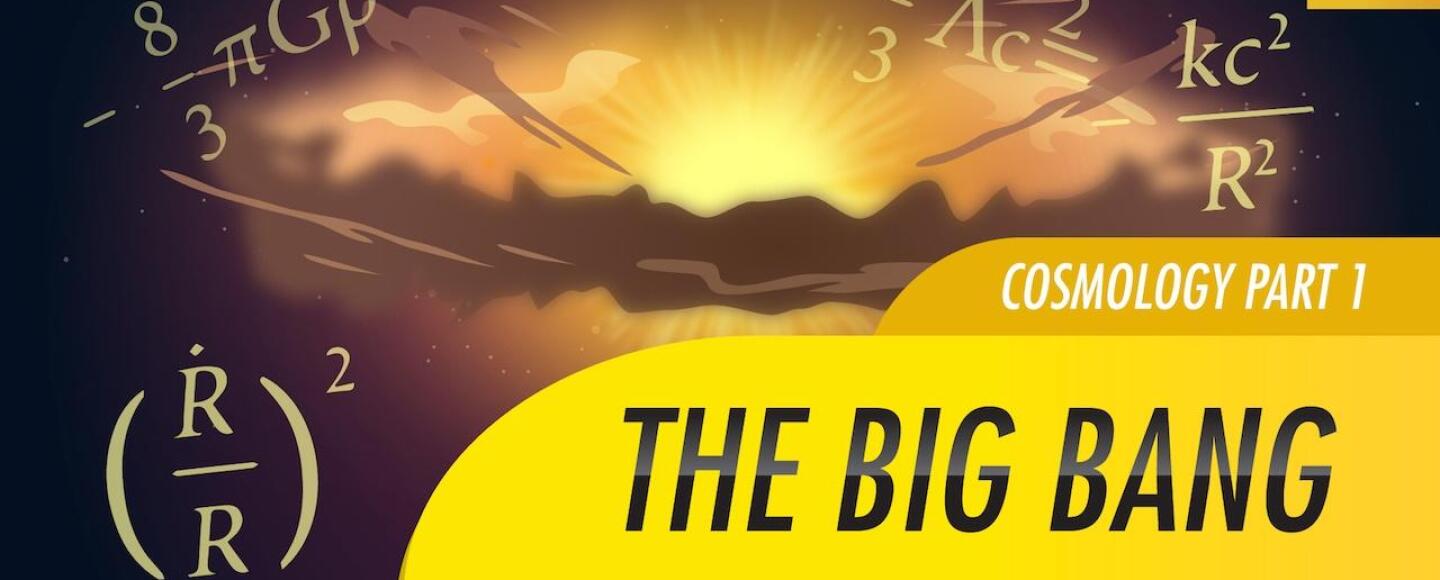Extras
The Moon: Crash Course Astronomy
Clip:
4:41
Phil gives the course a send off with a look at some of his favorite topics.
Episode:
S1
E46
|
11:09
Our Universe’s days are numbered.
Episode:
S1
E45
|
15:00
Thanks to the wonders of physics, we can map a timeline of the universe’s history.
Episode:
S1
E44
|
12:21
Most of the universe is made up of a mysterious entity that pervades space: dark energy.
Episode:
S1
E43
|
11:08
Today on Crash Course Astronomy, Phil dives into some very dark matters.
Episode:
S1
E41
|
11:45
The discovery of gamma-ray bursts is an epic story.
Episode:
S1
E40
|
13:51
Active galaxies pour out lots of energy.
Episode:
S1
E39
|
15:20
Galaxies contain gas, dust, and billions of stars or more.
Episode:
S1
E38
|
11:51
Today we’re talking about our galactic neighborhood: The Milky Way.
Episode:
S1
E37
|
10:59
Latest Episodes
Phil gives the course a send off with a look at some of his favorite topics.
Episode:
S1
E46
|
11:09
Our Universe’s days are numbered.
Episode:
S1
E45
|
15:00
Thanks to the wonders of physics, we can map a timeline of the universe’s history.
Episode:
S1
E44
|
12:21
Most of the universe is made up of a mysterious entity that pervades space: dark energy.
Episode:
S1
E43
|
11:08
Today on Crash Course Astronomy, Phil dives into some very dark matters.
Episode:
S1
E41
|
11:45
The discovery of gamma-ray bursts is an epic story.
Episode:
S1
E40
|
13:51
Active galaxies pour out lots of energy.
Episode:
S1
E39
|
15:20
Galaxies contain gas, dust, and billions of stars or more.
Episode:
S1
E38
|
11:51
Today we’re talking about our galactic neighborhood: The Milky Way.
Episode:
S1
E37
|
10:59
Astronomers study a lot of things, but nebulae might be the most beautiful of them all.
Episode:
S1
E36
|
12:01













